'Able to happen again': Japanese American historians in San Diego warn of Trump's use of 1798 wartime law
Published in Political News
SAN DIEGO -- Kay Ochi’s parents were 21 and 22 years old when they were forced to leave San Diego, where they were born, and taken to an incarceration camp in the desert of Poston, Arizona, simply because of their Japanese heritage.
“That was three years of pure hell,” said Ochi, a third-generation Japanese American, or Sansei, who is president of the Japanese American Historical Society of San Diego.
The history of how the U.S. incarcerated more than 120,000 people of Japanese descent — most of them U.S. citizens like Ochi’s parents — during World War II is well-documented in museums and archives. It’s a memory that still shapes the identity of generations of Japanese Americans today and is a widely recognized example of how one group of people’s civil rights were ignored and violated.
But now civil rights activists and historians feel they are witnessing a flashback to history as President Donald Trump has invoked the same 227-year-old U.S. law that was used to justify incarcerating the Japanese American community during wartime.
“With the way the administration has gone forward with the executive orders, a lot of things seem to be able to happen again,” said Susan Hasegawa, a local historian of Japanese American history and a professor at San Diego City College.
The Alien Enemies Act, enacted in 1798 when the U.S. was on the brink of war with France, allows the president to detain or deport any “aliens” he considers “dangerous to the peace and safety” of the country.
U.S. presidents have invoked the law only three times before — during the War of 1812, World War I and World War II, when it was used to incarcerate people of Japanese, German and Italian descent.
Trump has been invoking the act to justify detaining, deporting and revoking visas for growing numbers of immigrants, largely Venezuelans that his administration has sent, without charges, to a notorious El Salvador prison.
Last week, the Supreme Court allowed the Trump administration to keep deporting people under the law, while saying the administration had to give people the chance to fight their deportations legally. The court didn’t weigh in on the law’s constitutionality.
Civil rights advocates and others have described Trump’s moves as alarming violations of civil rights, including the right to due process.
The danger of the Alien Enemies Act is that it enables such violations, “under the guise of national security,” said Michael Kurima, the co-president of the board of the San Diego chapter of the Japanese American Citizens League.
He noted that the last time the law was invoked, about two-thirds of the people it was used to incarcerate were U.S. citizens.
“If the Alien Enemies Act is only a first step, then government suppression of dissent could be next,” Kurima said. “What begins with purported gang members from abroad could easily expand to include others — even American citizens — when civil liberties are treated as conditional.”
Critics have also noted that Trump is the only president in history to invoke the act when it’s not wartime as declared by Congress. He has repeatedly referred to unauthorized immigration as an “invasion.”
“The last time it was invoked, it was devastating to a lot of people who had nothing to do with the enemy,” Hasegawa said. “So then to do it again with a targeted group in a non-war time, it’s even more suspicious and scary.”
On Saturday, six local immigrant and refugee artists debuted an art installation at the San Diego Central Library, in collaboration with the local historical society, that shows parallels between the experiences of Japanese Americans during World War II and the experiences of immigrants today.
“It’s just horrendous, and we need to understand that it didn’t happen just now,” Shinpei Takeda, director of the AjA Project, whose artist fellows created the installation, said of the return of the Alien Enemies Act. “With art, at least it gives people a chance to talk about it, and it shows that something like this has happened in the past.”
A San Diego community dismantled
When the Alien Enemies Act was last invoked, in 1941, about 2,000 people of Japanese descent, known as Nikkei, were living in San Diego County.
First-generation Japanese immigrants, or Issei, arrived in San Diego starting in the 1880s, with many working in agricultural fields and on railroads. In the decades leading up to World War II, they had made significant contributions to the region’s farming and fishing industries, Ochi said; many worked as fishermen or at tuna canneries in San Diego Bay, and many were farmers, from the Tijuana River Valley up to Oceanside, Hasegawa said.
Issei also ran about 30 small businesses in downtown San Diego, near Fifth Street and Island Avenue, Hasegawa added. There were Japanese-language schools, as well as a Buddhist temple and two Japanese Christian churches.
After Japan bombed Pearl Harbor on Dec. 7, 1941, the U.S. moved quickly to begin its forcible removal of Nikkei.
By February, the FBI had arrested about three dozen local Issei whom it had pre-identified as community leaders, among them the leadership of San Diego’s Buddhist temple, Japanese language teachers and instructors of the Japanese martial art kendo, Hasegawa said.
On Feb. 19, 1942, President Franklin Roosevelt enacted Executive Order 9066, which mandated the removal of people of Japanese descent from their communities and sent them to incarceration camps. Japanese people were forced to abandon their homes, jobs and businesses.
The vast majority of those from San Diego were sent by train to the Santa Anita racetrack in Los Angeles County, a holding place for thousands being relocated from around Southern California. Then they were shipped to Poston, Arizona — one of 10 camps the U.S. government created to incarcerate people of Japanese descent.
San Diego leaders, meanwhile, supported and praised the incarceration. The San Diego City Council, county Board of Supervisors and Chamber of Commerce all passed measures saying Japanese American residents should be incarcerated or shouldn’t be allowed back to San Diego.
‘Intergenerational trauma’
After their release following the war, Japanese Americans struggled to rebuild their lives, including in San Diego.
Their forced removal and incarceration had decimated Japanese institutions, including the businesses that once existed downtown, Hasegawa said. Many were replaced or unable to rebuild, unlike in larger cities like Los Angeles. And many people were pressured or forced to assimilate by abandoning their language and culture.
For many, the toll on mental health and self-esteem persisted for decades. “Some people say that the resettlement was even harder than the incarceration,” Ochi said. “The emotional toll was even greater and has had lasting impact, intergenerational trauma.”
In 2022, the San Diego City Council formally apologized and revoked the resolution it had passed eight decades earlier to support the incarceration. “It is incredibly important that we identify the racist acts of the past and injustices of the past and address them head-on,” then-Council President Sean Elo-Rivera said at the time. “We can acknowledge the wrong that the city committed.”
To the artists whose work is now on display at the Central Library, addressing those injustices is also paramount, even as their installation examines ways incarcerated Nikkei found to preserve their community.
First-generation Laotian American artist Tarrah Aroonsakool focused on how incarcerated Nikkei used cooking as an act of resilience, adapting recipes to their wartime rations. First-generation Mexican American artist Jazmin Barajas connected parallels between how Japanese and Mexican traditions use altars and shrines to honor the dead, and juxtaposed images of the walls of the Tule Lake incarceration camp with that of the U.S.-Mexico border wall.
The artists said education and accurate descriptions of history are needed to ensure that mass civil rights abuses like the ones Japanese Americans faced are never repeated. If history is sanitized, it can more easily be repeated, the artists said.
“The silencing is exactly what allows these sorts of trajectories to repeat themselves without people realizing the signs,” Barajas said.
Their art installation will be on view at the library through June.
©2025 The San Diego Union-Tribune. Visit sandiegouniontribune.com. Distributed by Tribune Content Agency, LLC.
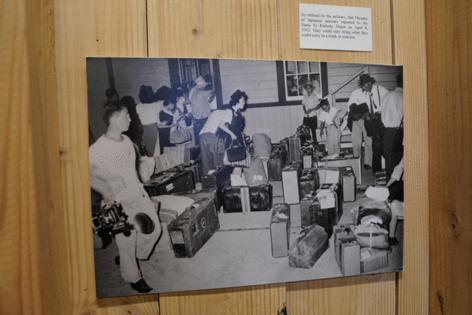
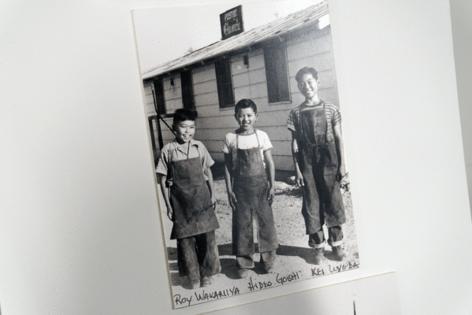
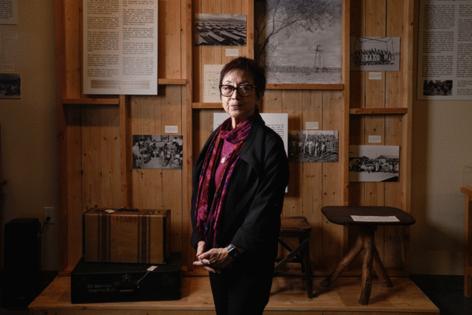
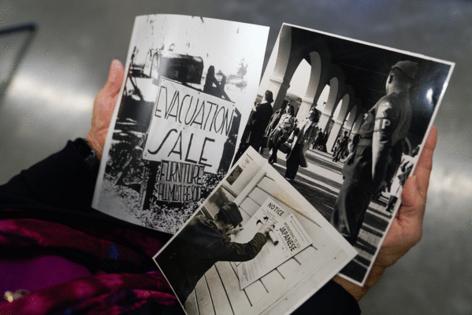
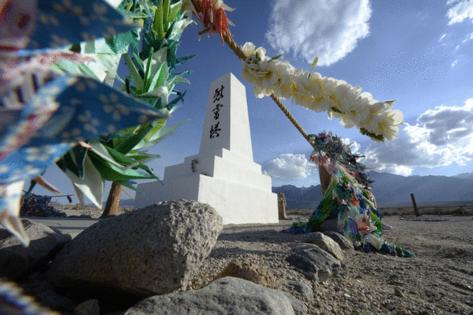







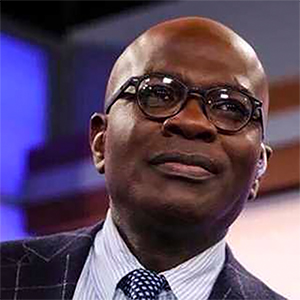

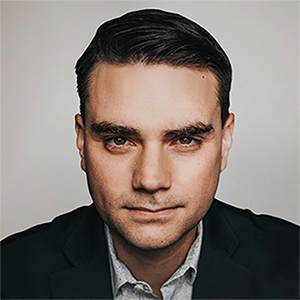

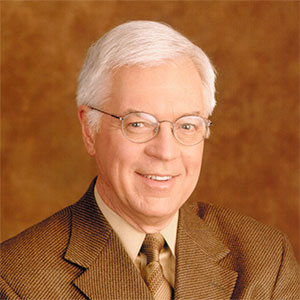
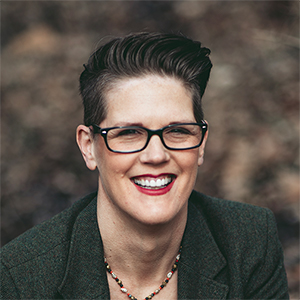
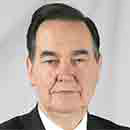
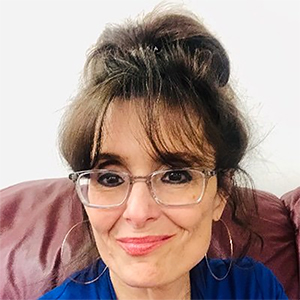


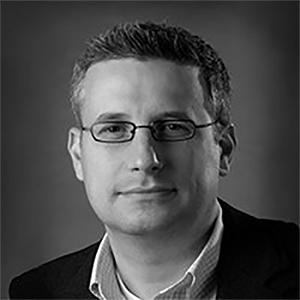
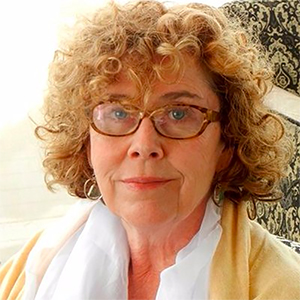

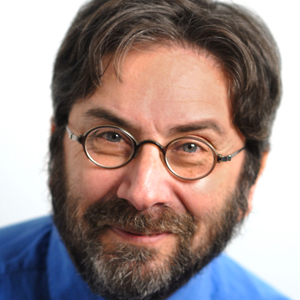

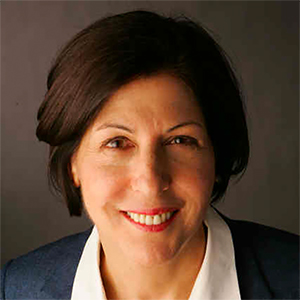
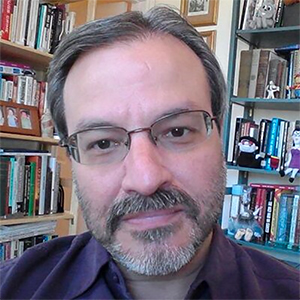


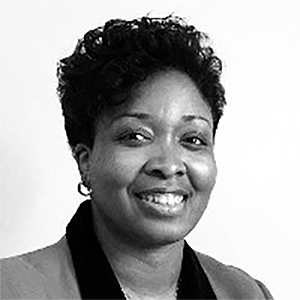
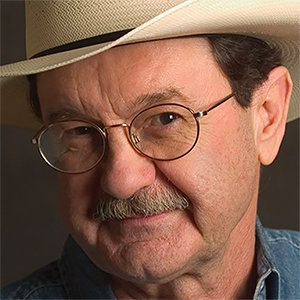

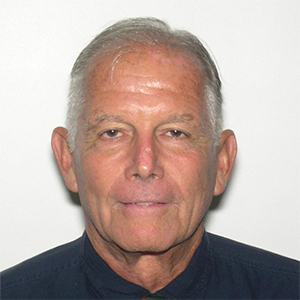
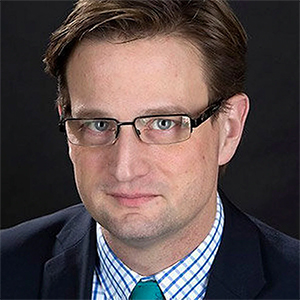

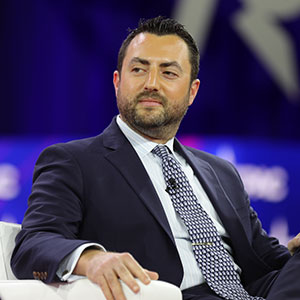



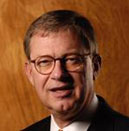
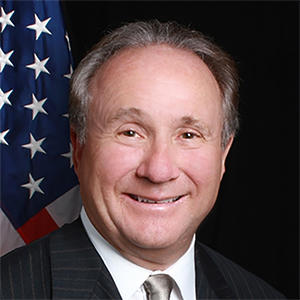

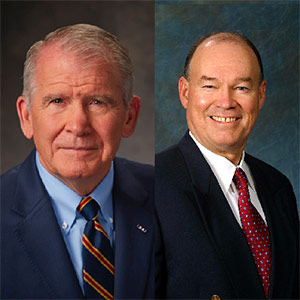



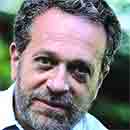
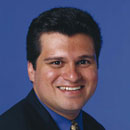


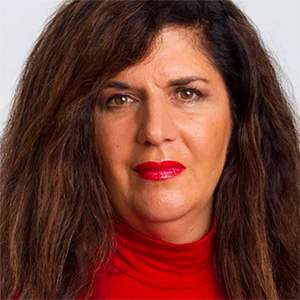

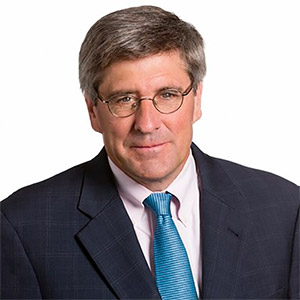

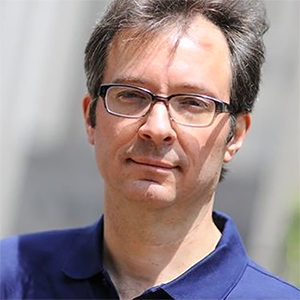

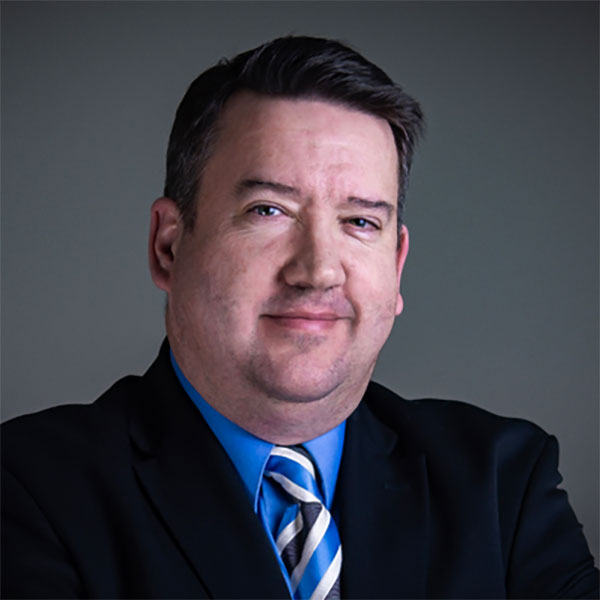
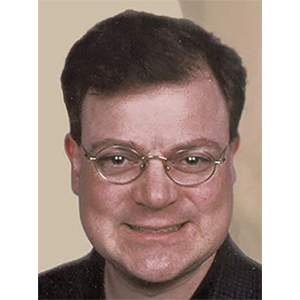
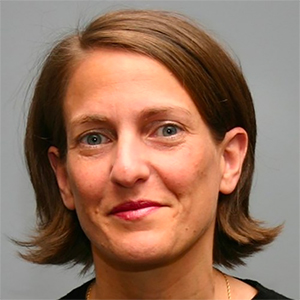


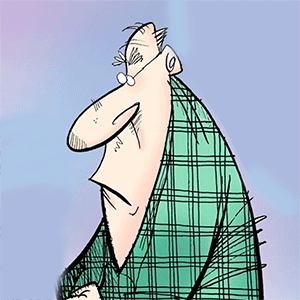

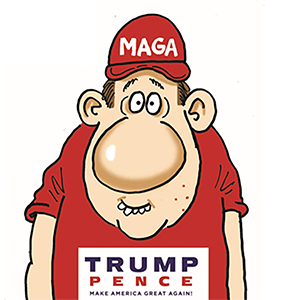


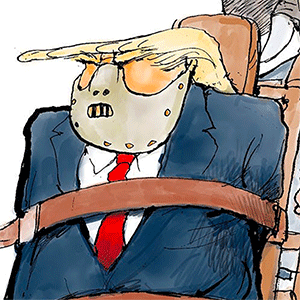
Comments